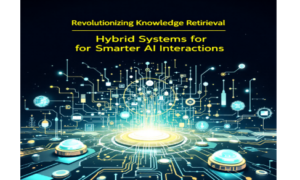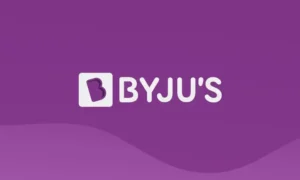In the ever-evolving world of technology, the concept of Search Generative Experience (SGE) has emerged as a transformative force. This innovative approach to search, particularly Retrieval-Augmented Generation (RAG), is reshaping the way we interact with search engines and the information they deliver.
Generative AI and Modern Information Retrieval
This revolution can be traced back to the realm of natural language processing (NLP), initially focused on enhancing search engines. The result has been the emergence of Transformer-based Large Language Models (LLMs), enabling the generation of content in response to user queries using data derived from search results.
Retrieval-Augmented Generation (RAG): The Paradigm
At the core of this transformation is Retrieval-Augmented Generation (RAG), an innovative paradigm in which relevant documents or data points are gathered based on a query and integrated as a prompt to fine-tune the response generated by the language model. This approach anchors the language model in facts and minimizes the chances of producing inaccurate or irrelevant information, a phenomenon known as “hallucination.”
While Microsoft is often credited for this innovation, it was originally introduced by the Facebook AI Research team in May 2020. Neeva was the first to implement RAG in a public search engine, powering highly specific featured snippets.
RAG addresses the constraints of LLMs, which are often limited by their training data, by facilitating the integration of new information to enhance output. This approach is steadily gaining traction, and more agencies are expected to adopt it as awareness of the technique becomes more widespread.
How RAG Works?
Understanding the mechanics of RAG is akin to envisioning a research assistant for a student writing a research paper. The assistant takes a query, retrieves the most relevant information from its knowledge base, and appends it as a prompt to generate more specific, well-cited, and precise content. To learn more, consult a credible marketing agency in Dallas.
RAG comprises three main components:
Input Encoder: The component encrypts the input prompt into a sequence of vector embeddings for downstream operations.
Neural Retriever: It retrieves relevant documents from an external knowledge base based on the input prompt. During retrieval, the system selects the most pertinent passages from documents or knowledge graphs.
Output Generator: This component produces the final output text, incorporating the input prompt and the retrieved documents, typically using foundational LLMs like ChatGPT, Llama2, or Claude.
Benefits and Challenges of RAG
While RAG offers significant benefits, it has its challenges. Here are some key considerations:
Retrieval Quality: The effectiveness of RAG heavily depends on the quality of document retrieval. Incorrect or irrelevant documents can lead to lackluster outputs.
Data Dependency: The success of RAG is closely tied to the quality and recency of the data used in the knowledge base. Outdated or inadequate data can limit the system’s capabilities.
Overlap and Redundancy: In cases where there is an overlap in retrieved documents, the generated content may become redundant, impacting the quality of results.
Prompt Length Limitations: Prompts have length limitations, which can affect the depth and breadth of information retrieval. Some models have smaller context windows, which can restrict the incorporation of extensive knowledge.
Practical Application of RAG
The application of RAG can be observed in tools such as ChatGPT’s Bing functionality. When interacting with the tool, your query is utilized to gather documents, which are then appended to the prompt before generating a response.
All three components of RAG are usually based on pre-trained Transformers, which have proven to be highly effective for natural language processing tasks.































